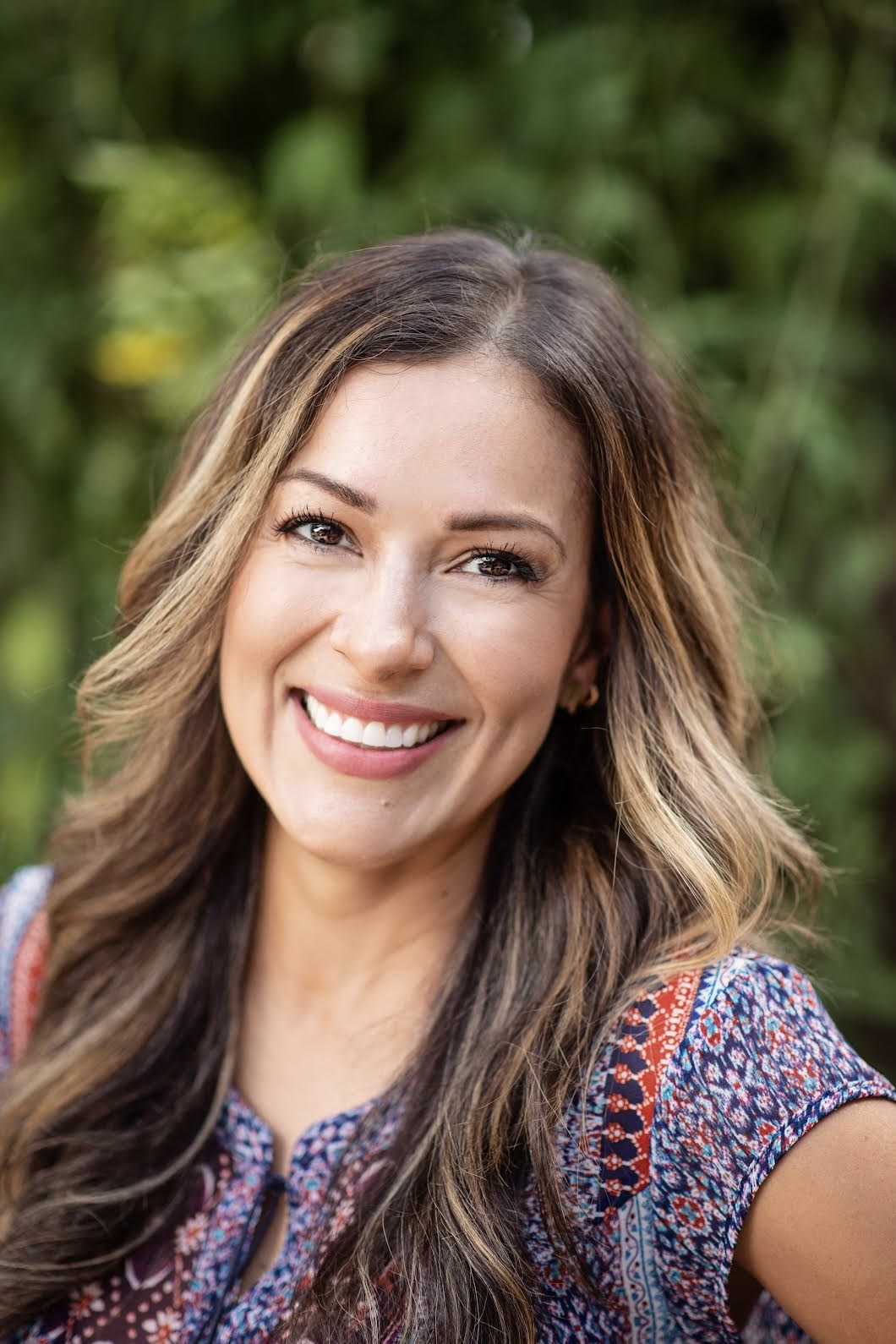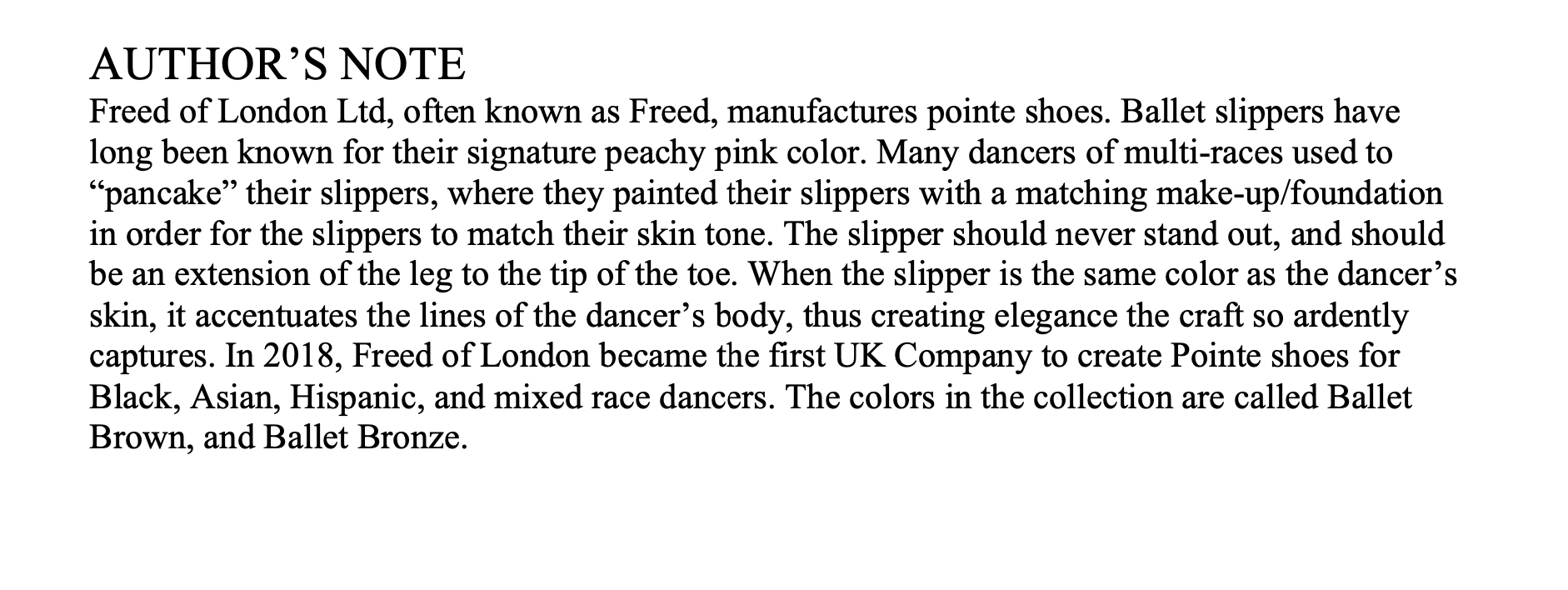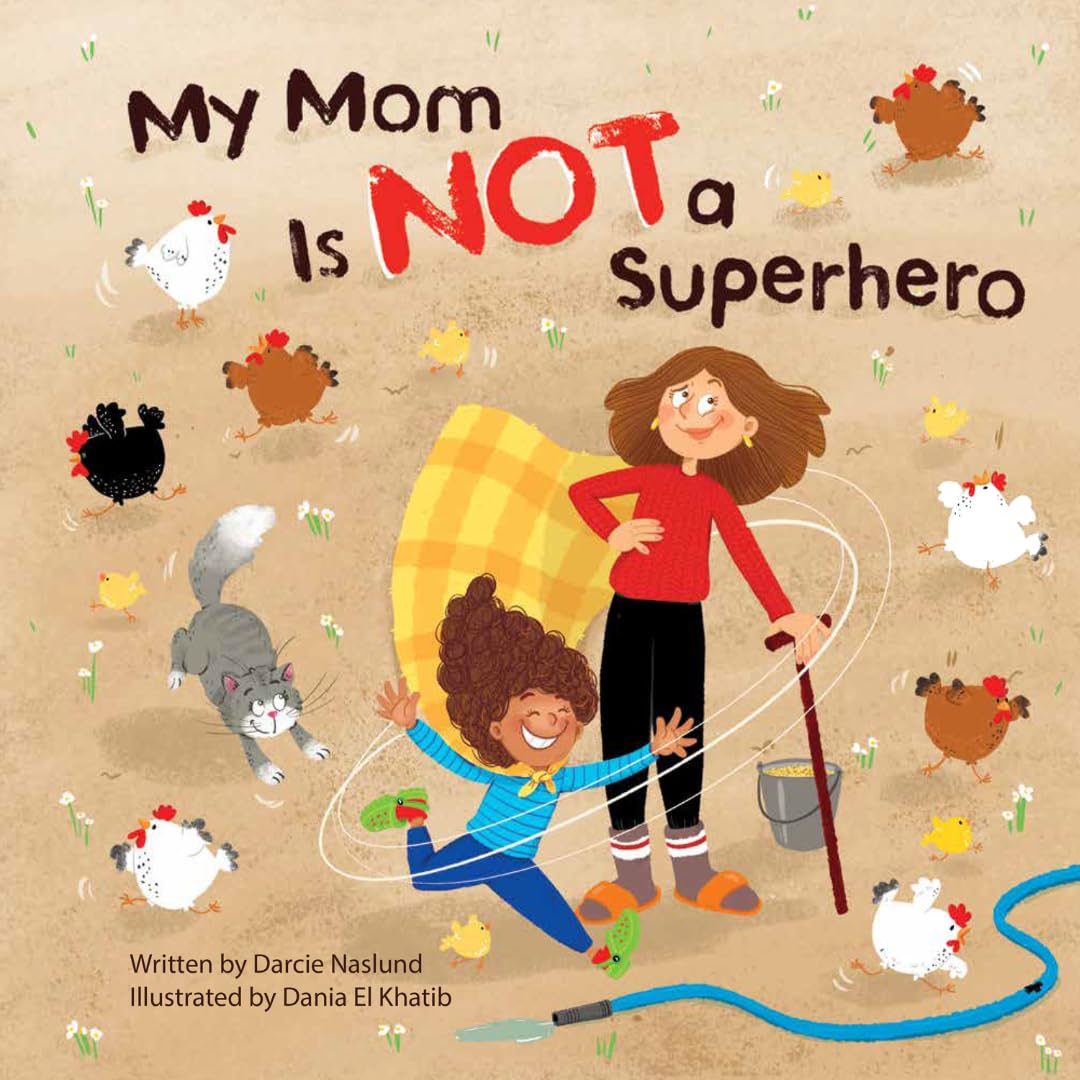Welcome to the Back Matter Break Down! Today’s interview is about back matter with a unique approach in the way it sends readers back to explore the pages of the book. I can’t wait for you to hear how the back matter came together! And don’t forget to scroll all the way to the bottom of the post to get the giveaway info! Let’s go!

Book: Moon Tree: The Story of One Extraordinary Tree
Author: Carolyn Bennett Fraiser
Illustrator: Simona Mulazzani
Publisher / Year: Reycraft Books, 2022
Genre: Non-Fiction
Topics: Trees, Space, Science, STEM, History
Blurb: One tree has a secret – it flew to the moon on Apollo 14. The problem is no one remembers, even NASA…until a curious third-grade girl uncovers its mystery about a boy who dreamed of flying, a trip to the moon, and the American bicentennial.
Book Word Count: 350

What is your back matter word count?
1,082 words
What was the earliest version of the back matter like?
My earliest version included much of the back matter in the text or in sidebars. The draft at that point was more than 1,500 words long! Too long for a picture book. As I revised, my text became shorter. Once I had the final version, I evaluated which extra details would help students and teacher take into a deeper dive into the history and science behind the trees and re-envisioned the back matter to work hand-in-hand with the primary text. I ended up choosing a detailed retelling of the story that took a deeper dive into each page of the primary text, a listing of moon tree locations across the US, and a glossary of terms.
What changes and revisions (if any) came about after working with the editor/agent?
Not much. I sold the book on my own before I signed with my first agent and my editor kept most of what I had submitted. We did have to cut the list of second-generation trees because there simply wasn’t enough room in the back of the book to name them all! So I ended up summing up what a second generation moon was at the bottom of the list of locations.
Is there more information or that you wanted to include in the back matter but didn’t make the cut?
Oh yes! There were SO many fun and interesting stories that I wanted to include with the book, but not every detail or fun fact “fit” with the overall flow or made sense when I landed on the final version. I decided to cut quite a bit and save them for presentations after the book was published.
What were some challenges that arose during the back matter publishing process?
The main problem for me was that the listing of moon trees kept changing. Some trees died and others were discovered/confirmed during the publication process. By the time the book came out, the list of trees in the back of the book wasn’t the most current list. I updated the list after publication and sent it back to my editor so he could update the back matter list during the second printing.
I love how your back matter format encourages us to flip back and re-read the story again. Have you heard from any readers about how they are interacting with the back matter?
People LOVE the list of trees at the back of the book! When I introduce someone to the book, they automatically flip to back to see if a tree is listed in their state. If they find out, they usually mention that they will have to plan a visit to the tree. I love that it inspires people to go beyond the pages of the book to explore more.
You also have back matter in your new book, M is for Mason Jar. What was that process like?

It was a very different process. I had initially submitted two sections of back matter with the manuscript—a list of 26 activities (one for each letter) specifically for young children and a mason jar matching game. The game was completely cut. The artwork for this wasn’t included with the illustrator’s contract. Then the list of activities was shortened from 2 pages to 1 because there simply wasn’t room for another page once the artwork was final. However, this allows me to offer parents and teachers additional resources on my website and really make a classroom visits fresh and engaging with new material that is not in the book.
Are there resources you can share that would be helpful for anyone wanting to learn more about back matter? Are there any picture books you’d recommend for their back matter?
Nonfiction Fest is a blog event hosted by the Nonfiction Ninjas every February and offers a ton of information about writing nonfiction books of all kinds, and they always include some insightful articles on back matter. Anyone interested can search their website and read what they have posted in past years. It’s like a crash master’s course in writing back matter for kids!
So many authors do this well. I suggest browsing as many nonfiction picture books as possible to evaluate the different ways authors use back matter. Make a list. See what works best with your topic.
Thank you, Carolyn! I love how you connect your back matter process to creating materials and contents for school visits! It’s such a great way to use all those extra facts and activities that couldn’t fit into the book! Please support Carolyn:
Website: https://carolynbfraiser.com
Social Media handle: @CarolynBFraiser (Facebook, X, Instagram, BlueSky, Pinterest)
M is for Mason Jar: https://familius.com/book/m-is-for-mason-jar/

Now for the giveaway!
Carolyn has generously offered to one lucky winner a 20-minute brainstorming session with an author to come up with various possibilities for back matter on their topic or picture book!
To enter: leave one comment on this blog post by August 25, 2025 at 11:59pm Pacific Time. For additional entries, leave a comment on my (Judy’s) BlueSky and/or Instagram posts about this post for a maximum of 2 bonus entries. (Remember to check back on this blog post and social media to see if you are selected as a winner!)
Thank you for reading!
Don’t miss future posts! Subscribe to my blog:

























